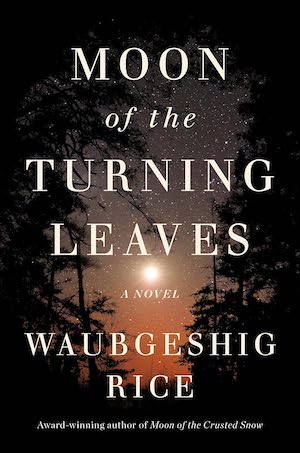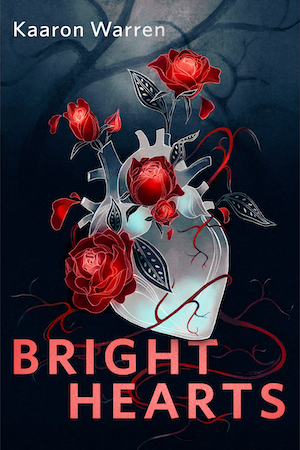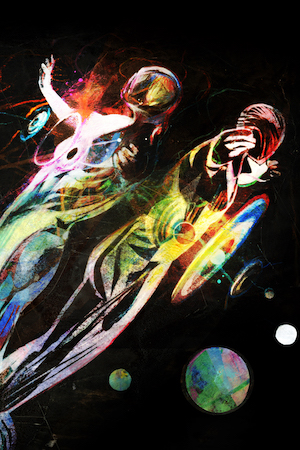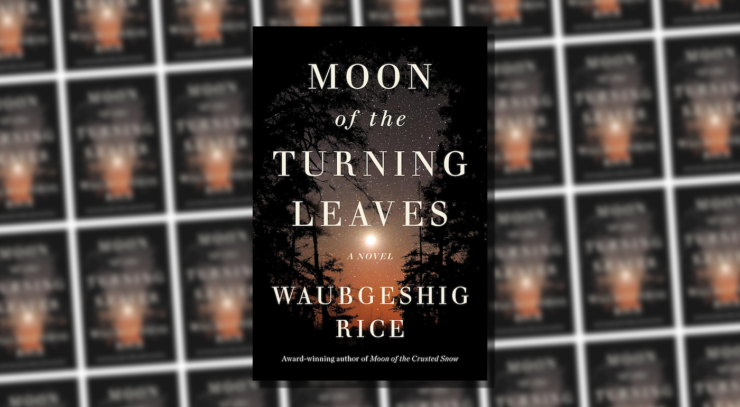It is by no means the most popular of subgenres, and yet the resilience of books exploring what the planet might look like if humans vanished one day is hard to deny. As a child, I used to thumb through my local library’s copy of Dougal Dixon’s After Man, an illustrated work that explored how evolution might reshape the planet’s fauna in the absence of Homo sapiens. More recently, Alan Weisman’s The World Without Us offered a sobering look at how precarious certain forms of infrastructure are.
What does this have to do with post-apocalyptic fiction? In the right hands, everything. Some tales set after a cataclysm devastates civilization suggest that a comparable level of technology to what we have now could be restarted without too much trouble. Others take a starker view: that while certain things can be scavenged or repurposed, whatever follows the current version of human civilization will need to be significantly different from it in several ways.
It isn’t hard to see why some writers eschew this: It’s less dynamic in certain ways, and it also makes things that might have been casual inconveniences before the end of the world turn into life-threatening crises afterwards. A nasty cut in the absence of antibiotics can turn a walk in the woods fatal, for instance. It changes the stakes of the story being told, which can be an advantage for some writers. That’s the case with Waubgeshig Rice’s new novel Moon of the Turning Leaves.
It speaks volumes that the opening section of Rice’s novel has a timeless feel to it. As we’ll soon learn, it’s set in the near future—and after an earlier book of Rice’s, Moon of the Crusted Snow—but it isn’t immediately clear when things are happening. Initially, Rice refers to characters only by descriptions: “the expectant father,” “the birthing woman,” and “the younger midwife” among them. Eventually, we’ll learn one name: Waawaaskone, the child whose birth is the center of the proceedings.
Buy the Book


Moon of the Turning Leaves
From there, Rice brings the reader into a more traditional mode. This novel opens in a small Anishinaabe community set several years after the collapse of civilization. Precisely what caused that collapse is handled vaguely, but that’s one of several techniques Rice uses to bring the reader into the minds of his characters—we don’t have much to go on because they don’t have much to go on. Rice also introduces the novel’s central character, Nangohns, whose father Evan Whitesky led the community to this new home.
What sets the novel in motion is the community’s decision to travel south, to the shores of the Great Lakes, to see if any other communities remain and potentially make contact with them. A small group, including Evan and Nangohns, set out, knowing that the trek there and back again will take several months. They’re also aware that their journey might be a dangerous one; others have left their community in search of other survivors, never to be heard from again.
Moon of the Turning Leaves is at its best when it focuses on how difficult it would be to embark on such a voyage after the collapse of civilization. Rice spends a lot of time exploring what you’d need for a two-month expedition, and what a decade of abandonment would do to structures and vehicles. There are other, subtler, ways in which Rice illustrates the generational effects of living in a post-apocalyptic society: Nangohns has no memory of what pizza tastes like, while Cal—an older member of the traveling party—does. Later, Rice reveals which members of the group do and do not recognize a cellphone, and who does or does not have experience reading handwriting.
Those character-driven moments aren’t all that happens on the journey south. One member of the traveling party suffers a nasty injury, and their response to it puts some of the harsher aspects of this near future all too clear. The effects of the cataclysm that ended society become more and more clear as the novel progresses, with some of Rice’s prose evoking the haunting emptiness of the world:
The damaged land all looked the same, only taking on slightly different tones in the varying brightness of the sun.
That absence continues for much of the book. When the travelers arrive at a map, it’s almost shocking to see that someone who came there before them made some ominous additions to it, writing captions like “Dead Land. Do Not Enter.” and “Dead Lake. Stay Out.” Eventually—mild spoilers follow—our heroes do encounter several other groups that have responded to the new reality in different ways. One has gone further into tradition than the community at the heart of this book, with its residents speaking primarily Anishinaabemowin. Another, glimpsed only briefly, finds a way to maintain a more ecologically-minded technology. Both, it’s fair to say, have found their own ways of living in greater harmony with their surroundings.
Unfortunately for our heroes, there’s a third group afoot as well—one that can best be described as racist paramilitary gun worshippers. It’s at this point in the novel that the post-apocalyptic narrative of Moon of the Turning Leaves becomes a little more familiar. And it’s here that I felt a little torn: Up until this point, the subtlety with which Rice told this story made it feel like a welcome change of pace. The addition of out-and-out villains to the narrative took something away from that. For the first two thirds of this novel, the experience felt unique; when the bad guys showed up, though, they could have just as easily wandered in from a Fallout game or one of the Mad Max movies.
On the other hand, there’s the very likely reality that, should society collapse overnight, there are in fact some racist paramilitary organizations that would treat the occasion as an opportunity to act out on every loathsome fantasy they’ve ever had. I can’t fault Rice for adding this element to Moon of the Turning Leaves, as it is—unfortunately—a legitimate concern. But I suspect what will endure for me from this novel aren’t its villains; instead, it’s the work of its heroes, working to preserve their own traditions and each other in the face of a world that’s much harsher than they ever expected.
Moon of the Turning Leaves is published by William Morrow.










